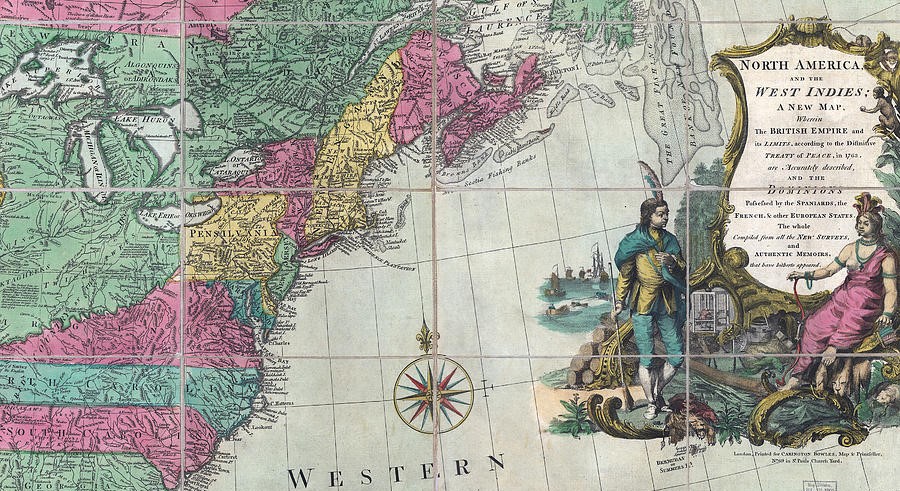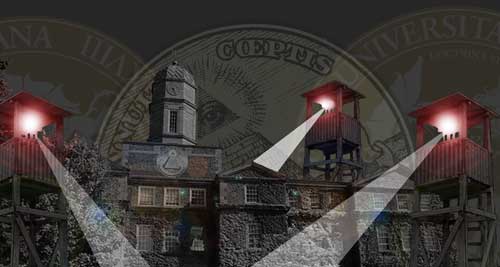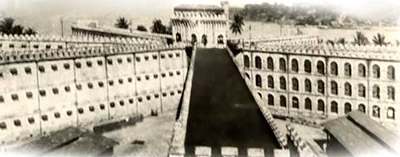Documentary Review Analysis; Petropolis Captures the Scale of the Alberta Tar Sands
Last Updated on July 1, 2019 by Hamad Subani
Petropolis, a recent Greenpeace aerial photography tour of the Alberta tar sands doesn’t say much. But pictures are worth many words.

Once upon a time, the world’s crude oil needs were met by places where crude oil came gushing up to the top, as in the case of Saudi Arabia and Venezuela. Then somebody told the Criminal Elite of Canada that they were sitting on the biggest crude reserve in the world, second only to Saudi Arabia. The only problem was that this reserve consisted of a mix of sand and heavy crude oil called bitumen. Bitumen had to be mined by digging huge pits. But along came a chemist named Karl Clarke. To quote the documentary,
During the mid-twentieth century, in the forests that used to stand here [Athabasca, Alberta], a chemist named Karl Clarke spent much of his life trying to figure out how to separate bitumen from sand. It took him nearly 45 years, but he eventually perfected a hot water process using his wife’s washing machine. In 1965, Clarke got to see the first commercial application of his invention. Creating the bitumen extraction process required the slashing and burning of thousands of trees. Clarke was disturbed by the realization that he had spent most of his life making this kind of destruction possible. Before he died of cancer in 1966, he told his daughter Mary that he could never revisit this place.
Apparently Karl Clarke forgot that the Criminal Elite of Canada would stop at nothing to get the crude out of there and undercut OPEC, even if it meant turning pristine forests into toxic moonscapes, and even if there was no impending energy crisis. Soon, superheated water from the Athabasca river was being poured into the Alberta tar sands to extract the bitumen. Water levels in the Athabasca river (the third largest watershed in the world) have started dropping, as more water is diverted. The toxic water that spouts back after steam is pumped in is stored in ponds made of earthen dams, which means it leeches back into the rivers. Deformed fish are being found. Ducks die when they land in the ponds, and many pollution-related illnesses have surfaced among the residents of Fort McMurray. The forest surface being peeled back is about the size of England. Per day, tar sands operations release as much carbon dioxide as all the cars in Canada. Enough natural gas is being burnt to heat 4 million homes daily, and chemicals such as sulphur are being released into the air.
It takes 3-5 times more energy to get a barrel of oil from the tar sands than from conventional sources. But In mid-2007, the Rothschild Royal Dutch Shell consortium announced that in 2006, its Canadian oil sands unit made an after tax profit of $21.75 per barrel, nearly double its worldwide profit of $12.41 per barrel on conventional crude oil [1]. In other words, the difference in cost is the discount the oil companies get from operating among an ignorant serf-like population, who not only step away from their environmental rights, but arrive by the busload to Fort McMurray for jobs. Even the government isn’t too hard-pressed about royalties for developing Canada. Had there been concern for environmental rights here, “costs” to the oil companies would have definitely gone up, making the venture unprofitable. Welcome to the economics of ignorance.
And if Canada has indeed found a more cost-effective way to take care of its own oil needs, why are gasoline prices in Canada almost eight times that of Saudi Arabia?
As a consolation, the companies responsible for this mess have a legal obligation to clean up and “reclaim” the land to its original condition once they are finished. But companies such as Syncrude already have Chinese shareholders (9.03%). And as foreign influence grows among oil companies operating in Canada, the less motivation they have for cleaning up.


References
1. Mortished, Carl (27 July 2007). “Shell rakes in profits from Canadian oil sands unit”. Times Online (London: The Times). Retrieved 14 August 2007.



























